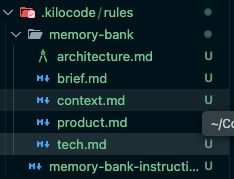Standard Chartered: The tokenized RWA market is expected to reach $2 trillion by 2028, with the "vast majority" of it being based on Ethereum.
PANews reported on October 31st that, according to The Block, Standard Chartered Bank predicts the market capitalization of Real-World Asset Tokenization (RWA), excluding stablecoins, will expand from approximately $35 billion to $2 trillion by 2028, an increase of about 5600%. Geoffrey Kendrick, Head of Digital Asset Research at Standard Chartered, stated that stablecoins lay the foundation for the large-scale on-chaining of other assets, with the "vast majority" of such activity taking place on Ethereum, which has been operating for over 10 years without mainnet outages. Kendrick estimates that by 2028, tokenized money market funds and listed stocks will account for the largest share, with money market funds accounting for $750 billion driven by corporate use of stablecoins, and listed stocks accounting for $750 billion once US regulations become clearer. Kendrick believes that lending, especially RWA, is key to DeFi's disruption of traditional finance, and DeFi has begun a growth cycle. The US Genius Act accelerated the adoption of stablecoins, and the Digital Asset Markets Clarification Act is expected to further legalize asset tokenization. Even without this act, regulatory agencies may have clear rules by acting in accordance with the law; however, the lack of clarity in US regulations remains a risk.
You May Also Like

Aster adjusts S3 buyback and airdrop mechanism: 50% buyback and destruction, 50% return and lock airdrop address.

How to Understand Any Codebase in 5 Minutes Using an AI Coding Assistant
